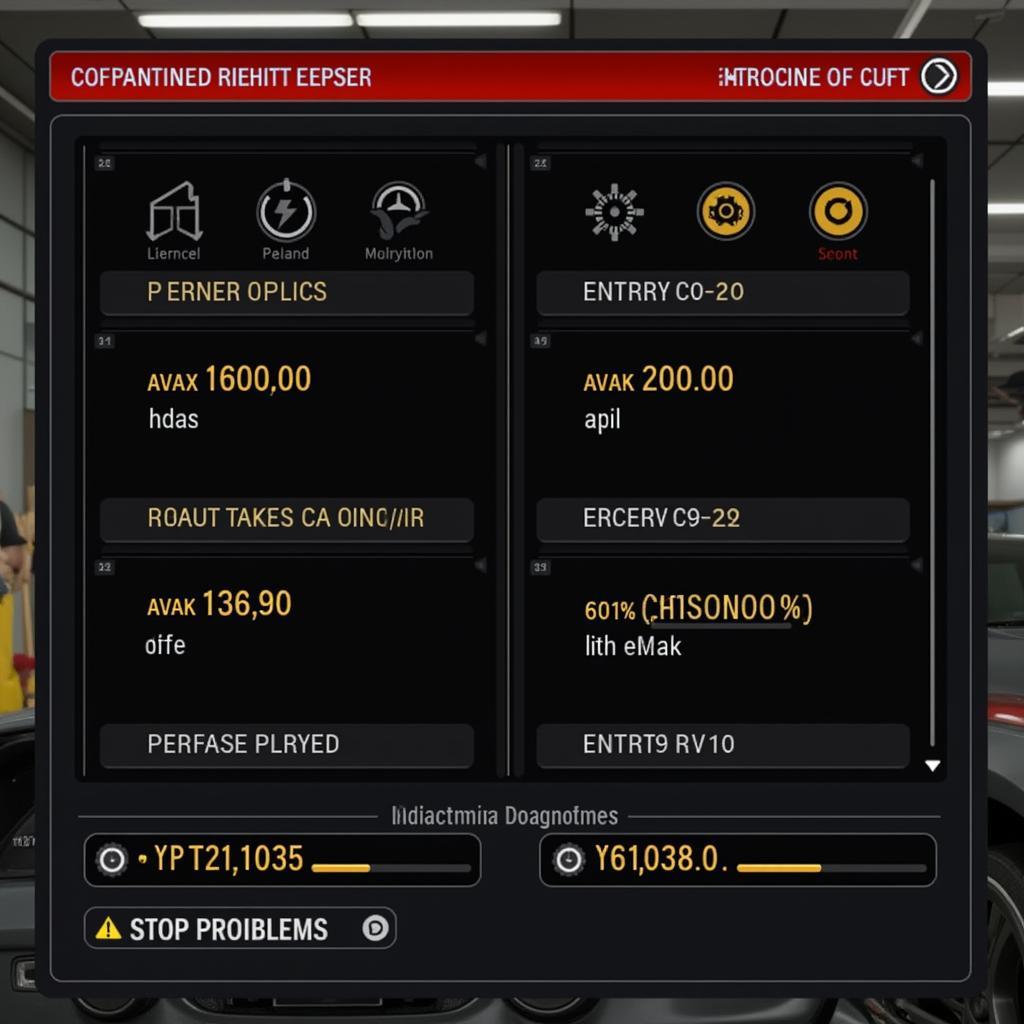Car Mechanic Simulator 2018 offers a captivating deep dive into the world of automotive repair, and at the heart of this experience lies the intricate dance of general engine control and repair. Understanding this system is key to conquering the game and appreciating the real-world mechanics it simulates.
This isn’t just about swapping spark plugs; it’s about diagnosing the electronic brain of modern vehicles. From understanding sensor readings to identifying faulty components, this guide will equip you with the knowledge to tackle any engine issue thrown your way in CMS 2018.
The Electronic Symphony: Deciphering Engine Control
Modern cars rely on a complex network of sensors and computers, collectively known as the Engine Control Unit (ECU), to ensure optimal performance and efficiency. In CMS 2018, this system is faithfully recreated, requiring players to delve into the diagnostics to pinpoint problems.
The key is to approach each repair like a detective. Start by examining the symptoms:
- Is the engine misfiring?
- Are there warning lights on the dashboard?
- Is the engine running rough or lacking power?
Each clue leads you closer to the culprit.
 Car Mechanic Simulator 2018 Diagnostic Screen
Car Mechanic Simulator 2018 Diagnostic Screen
From Symptoms to Solutions: A Step-by-Step Repair Guide
Once you’ve identified the symptoms, it’s time to roll up your virtual sleeves and get to work. Here’s a general approach to engine repair in CMS 2018:
- Run a Diagnostic Scan: The game provides a handy diagnostic tool that reveals error codes. These codes act like a roadmap, pointing you to the problematic systems.
- Inspect the Suspects: Based on the error codes or symptoms, inspect the relevant components. This could involve checking spark plugs, ignition coils, fuel injectors, or sensors.
- Replace or Repair: Once you’ve identified the faulty part, replace or repair it using the tools at your disposal in the virtual garage.
- Test and Verify: After the repair, start the engine and run another diagnostic scan. Ensure the error codes are gone and the symptoms have disappeared.
Remember, patience and attention to detail are your greatest assets in CMS 2018. Just like a real mechanic, take your time, analyze the data, and enjoy the satisfaction of bringing an engine back to life.
Common Engine Culprits in CMS 2018
While every car in the game has its quirks, some engine problems are more prevalent than others:
- Faulty Spark Plugs: These small but mighty components ignite the fuel-air mixture. Worn-out spark plugs can cause misfires, rough idling, and reduced performance.
- Clogged Fuel Injectors: These deliver fuel to the engine. When clogged, they disrupt the fuel-air ratio, leading to poor performance and increased emissions.
- Malfunctioning Sensors: The ECU relies on sensors like the Mass Air Flow (MAF) sensor and the Oxygen (O2) sensor to monitor engine performance. Faulty sensors can mislead the ECU, resulting in a range of issues.
Expert Insight: Tips from a Virtual Mechanic Master
“Don’t underestimate the power of the in-game information panels,” advises Alex Wright, a seasoned CMS 2018 player and car enthusiast. “They provide valuable details about each component’s function and the impact of wear and tear.”
Conclusion: Embrace the Challenge, Become the Virtual Master Mechanic
Mastering general engine control and repair in Car Mechanic Simulator 2018 is a rewarding experience. By understanding the interplay of sensors, computers, and mechanical components, you can become a true virtual mechanic.
Remember to approach each repair systematically, utilize the diagnostic tools, and don’t be afraid to consult the in-game resources. With practice and patience, you’ll be tuning engines and conquering challenges in no time. Now, go forth and conquer the virtual garage!

